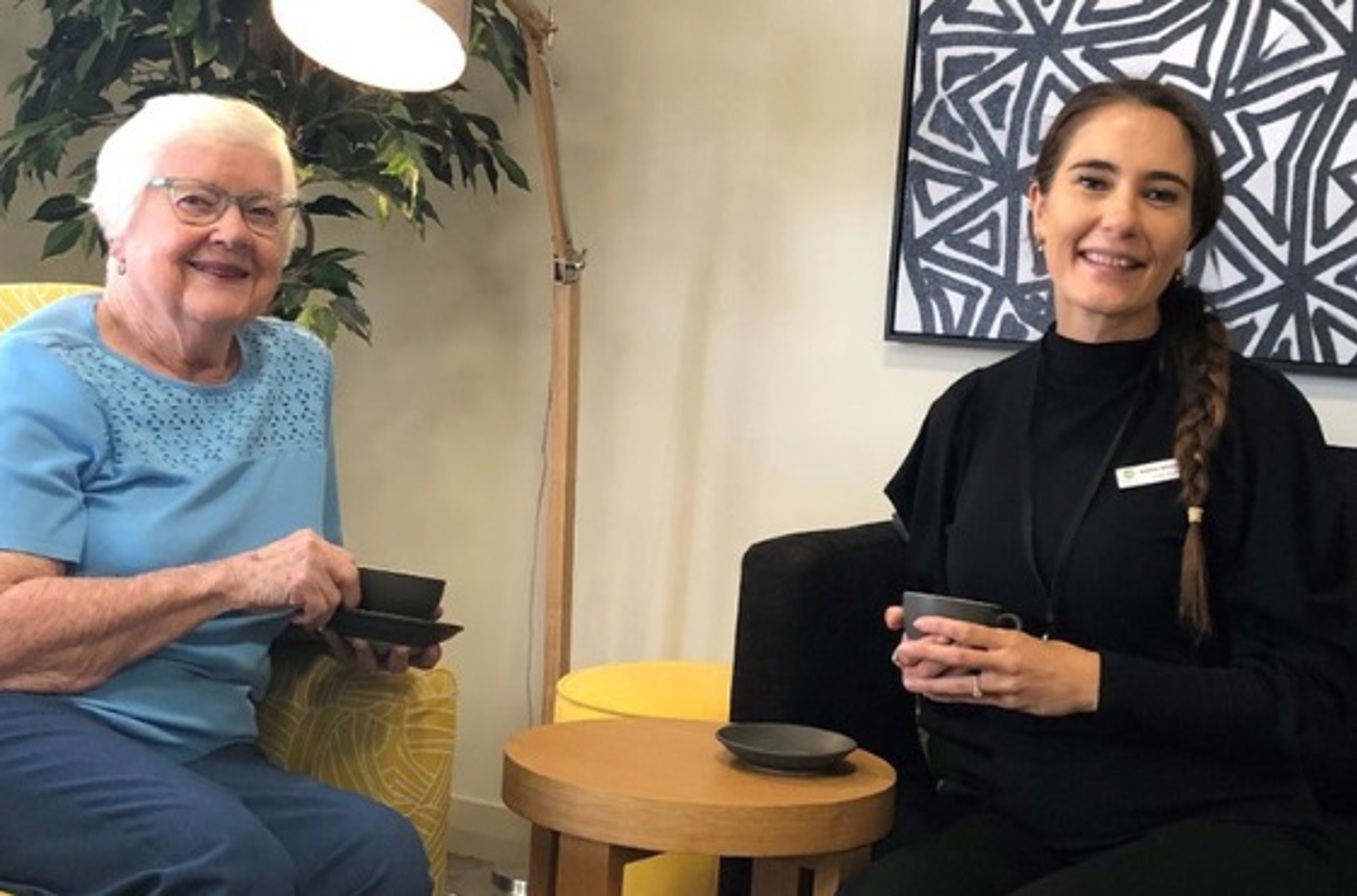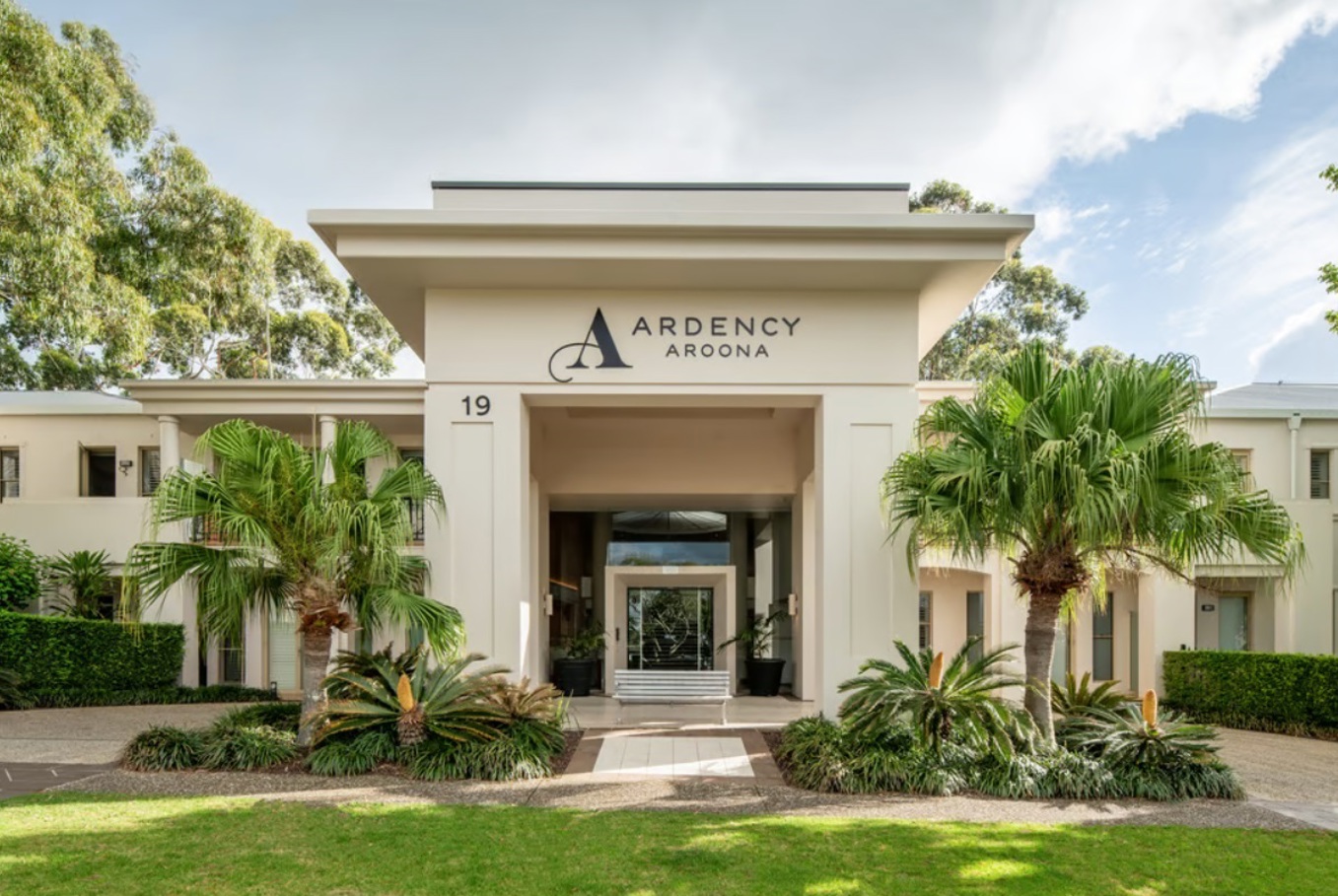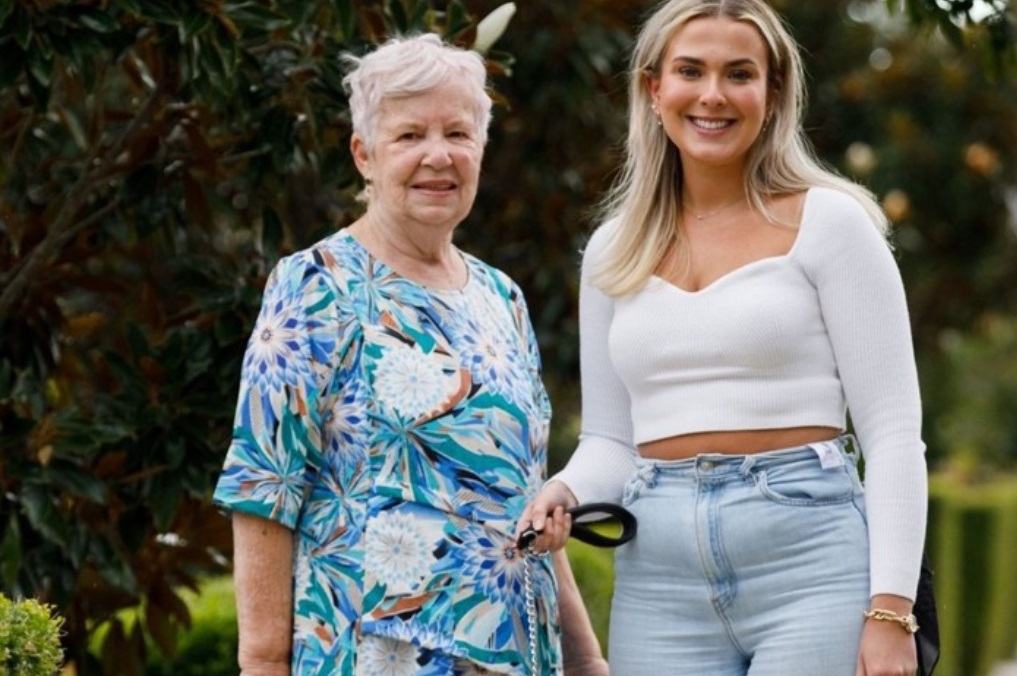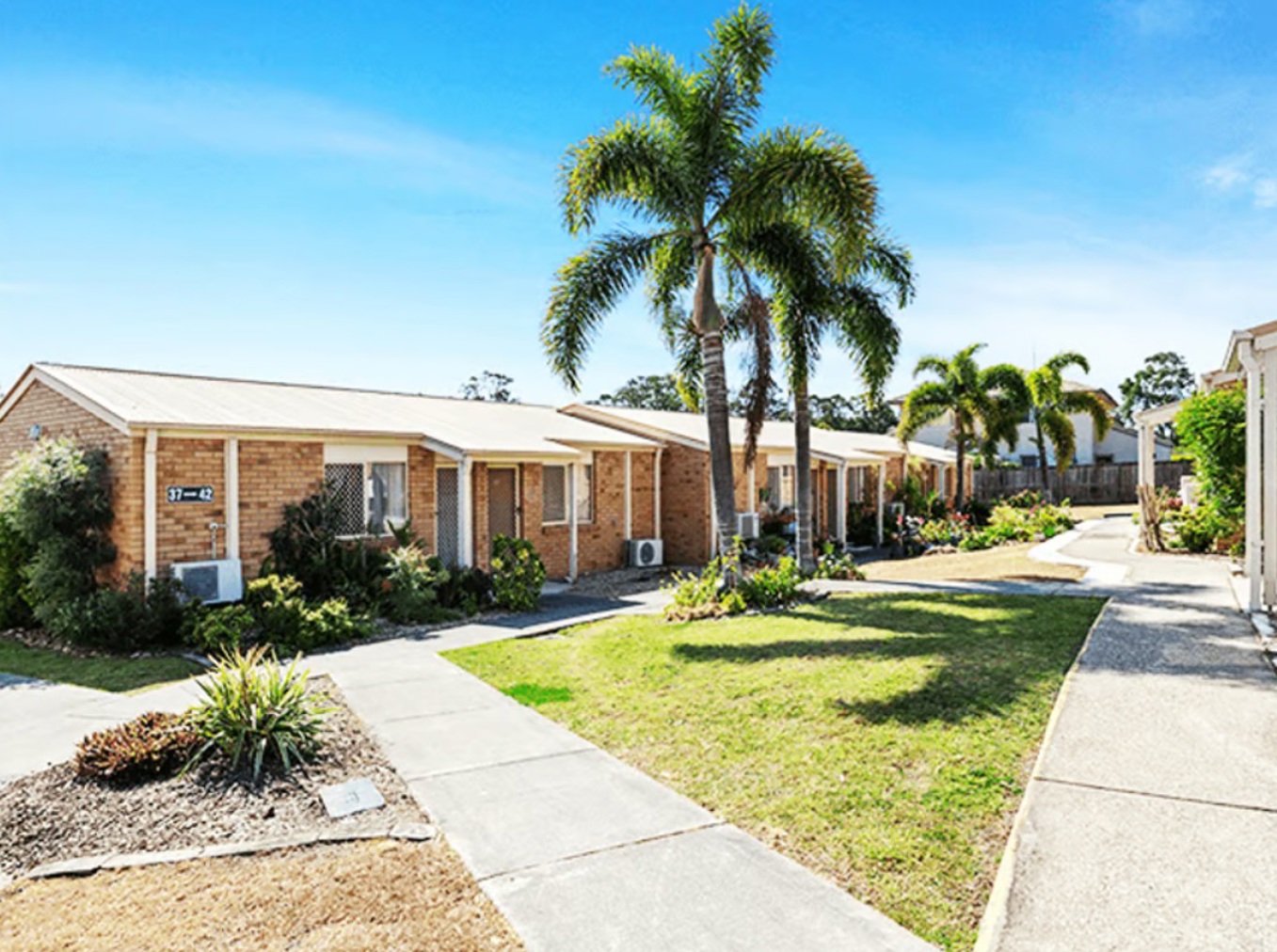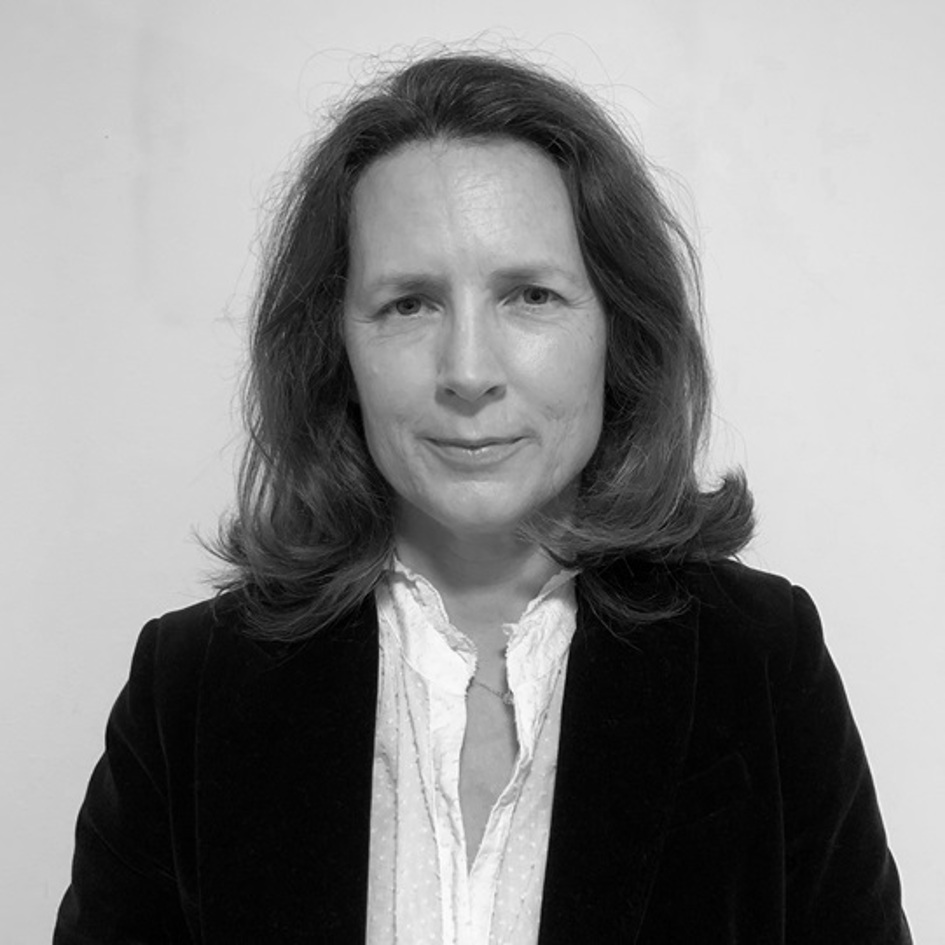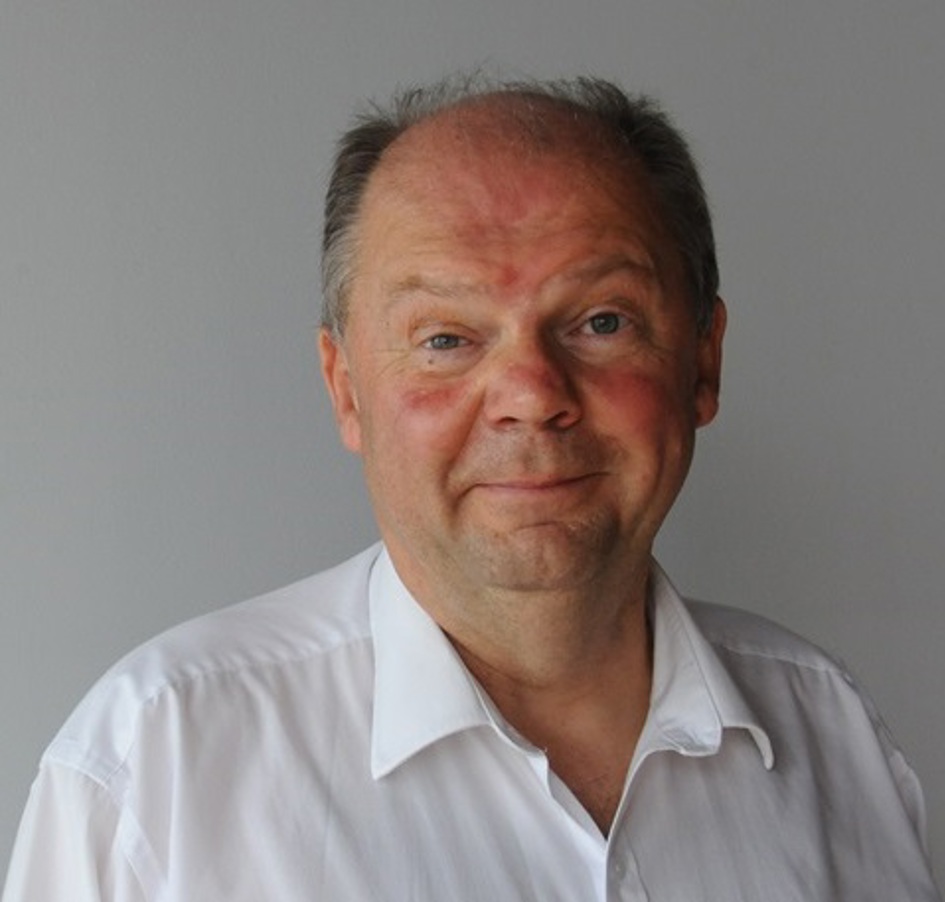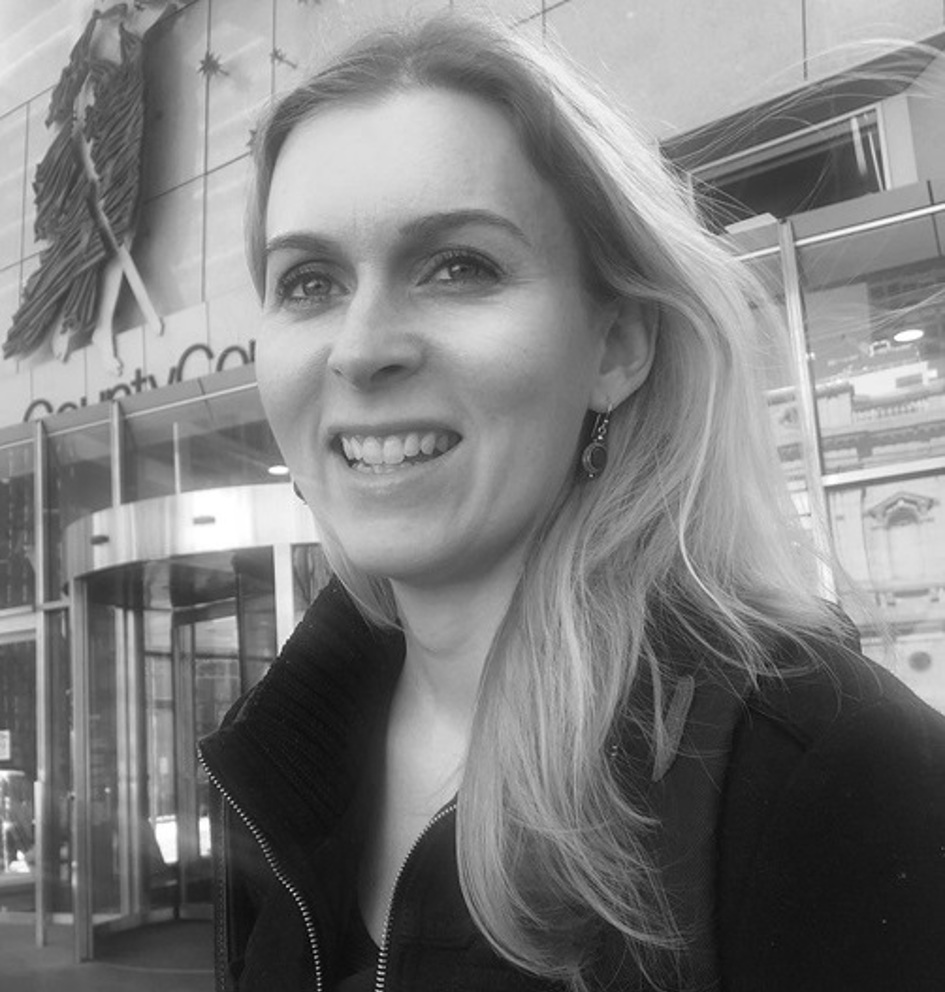What future for rental villages?
26/07/2024
Across Australia there are approximately 250 rental villages – but no more are likely to be built, which is a seniors tragedy. We really need them.
Rental-based retirement villages are not running out of customers – in fact the reverse is true. They have plenty of customers. No, the reason we will not see more rental villages being built is because they are so expensive to build, compared to the low rents they charge. The cost to build is about $250,000 per home on average while the average rent charged is only about $270 per week including some meals.
We need rental villages because they offer a good, affordable form of housing, especially for the frail and financially stressed.
A rental village home offers its residents approximately 50 m² of self-contained unit accommodation plus freshly prepared meals most days, an emergency call system and an on-site manager to keep an eye on their welfare.
And with most residents receiving the aged pension, Centrelink offers a substantial rental subsidy to make it more affordable.
A Department of Social Services review in 2008 showed that 30 per cent of pensioners have less than $1,000 in the bank and 50 per cent had assessable assets of less than $300,000. So not having to pay an upfront fee is also very desirable.
Seventy five per cent of rental village residents are women and, according to the Department, 50 per cent of women aged 65 to 69 have no superannuation.
Bleak prospects.
There are just two large operators of rental villages in Australia – Ingenia with 31 rental villages and Eureka with approximately 23. Both of them have up to 95 per cent occupancy. Both operators provide a resident manager on site and offer community activities, all backed up by coordinated home care services delivered into the villages.
Additionally, most of them are also designed to accommodate people who have a disability, making it easy for people to remain in their rental home and have the services delivered in.
They clearly offer a great housing solution for many older people but the number of homes available remains limited. Right now, the only way either of these businesses say they can expect to expand is by buying existing rental villages from sole owner operators. So how can we create more rental villages, to have some hope of meeting increased demand?
Perhaps the most obvious solution is manufactured homes – homes that are built in a factory and transported to a location where services can be cost-effectively connected.
But where will this work? Realistically it will be retirement villages owned by not for profit operators that have the ‘mission’ to provide affordable housing. These villages have the community facilities plus the management systems in place. However, they will have to win state legislation changes to allow this land use, plus local government zoning changes. It is not a short term answer.
Manufactured home estates (upgraded caravan parks) are also ideal but the owners will need to sacrifice the more profitable model of selling a home to an incoming resident while still taking on the cost of more management to provide the ongoing support services. Again, it’s unlikely to occur in the short term.
So the only hope for more rental villages is the not for profit housing and care providers. Let’s hope they take up the message.

